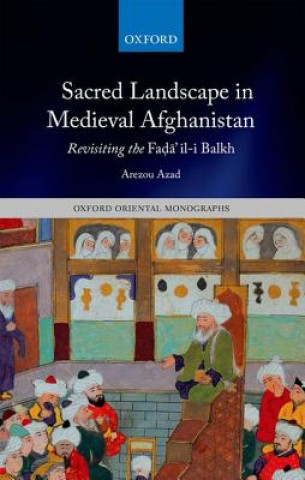
Kód: 02616932
Sacred Landscape in Medieval Afghanistan
Autor Arezou Azad
This book is about a sacred place called Balkh, known to the ancient Greeks as Bactra. Located in the north of today's Afghanistan, along the silk road, Balkh was holy to many. The Prophet Zoroaster is rumoured to have died here, ... celý popis
- Jazyk:
 Angličtina
Angličtina - Vazba: Pevná
- Počet stran: 240
Nakladatelství: Oxford University Press, 2013
- Více informací o knize

5405 Kč
Dostupnost:
50 % šance Máme informaci, že by titul mohl být dostupný. Na základě vaší objednávky se ho pokusíme do 6 týdnů zajistit.
Máme informaci, že by titul mohl být dostupný. Na základě vaší objednávky se ho pokusíme do 6 týdnů zajistit.Prohledáme celý svět
Mohlo by se vám také líbit
-

Percy Jackson and the Sea of Monsters (Book 2)
213 Kč -

Witchcraft for Emotional Wisdom: Spells, Rituals, and Remedies for Healing
526 Kč -

10 Practice Tests for the SAT, 2023
716 Kč -

Kink 101: Educational and learning guide for beginners and enthusiasts.
441 Kč -

Me-Smith: A classic Western by Caroline Lockhart. There is the cry of the coyote, the deadly thirst for revenge as it exists in
215 Kč -

An Essay on the Life of the Honorable Major-General Israel Putman: Addressed to the State Society of the Cincinnati in Connecticut.
520 Kč -

The Imitation of Christ
525 Kč -
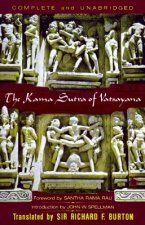
The Kama Sutra of Vatsayana: The Classic Hindu Treatise on Love and Social Conduct
617 Kč -

Selected Philosophical Works
975 Kč -

Wheel to Moscow and Back. the Record of a Cycle Ride. with a Preface by A. R. Savile. - Scholar's Choice Edition
742 Kč -

New Economics of Sovereign Wealth Funds
2253 Kč -

Responsible Company
491 Kč -

Proektirovanie tehnologicheskoj osnastki
1889 Kč -

Tradicii palladianskogo stilya v russkoj usadebnoj arhitekture XIX veka
1447 Kč -

Geschichte Friedrichs des Grossen
725 Kč -

Aus der Raupe wird ein Schmetterling
375 Kč -

REGULAR SHOW 8
436 Kč -

Insel Juist
502 Kč -

Alles was Sie uber Marken wissen mussen
1977 Kč -

politische Zionismus nach Theodor Herzl
1022 Kč -

Begegnungen Deutsch als Fremdsprache B1+: Handbuch für Lehrende
633 Kč
Darujte tuto knihu ještě dnes
- Objednejte knihu a zvolte Zaslat jako dárek.
- Obratem obdržíte darovací poukaz na knihu, který můžete ihned předat obdarovanému.
- Knihu zašleme na adresu obdarovaného, o nic se nestaráte.
Informovat o naskladnění knihy
Zadejte do formuláře e-mailovou adresu a jakmile knihu naskladníme, zašleme vám o tom zprávu. Pohlídáme vše za vás.
Více informací o knize Sacred Landscape in Medieval Afghanistan
Nákupem získáte 541 bodů
 Anotace knihy
Anotace knihy
This book is about a sacred place called Balkh, known to the ancient Greeks as Bactra. Located in the north of today's Afghanistan, along the silk road, Balkh was holy to many. The Prophet Zoroaster is rumoured to have died here, and during late antiquity, Balkh was the home of the Naw Bahar, a famed Buddhist temple and monastery. By the tenth century, Balkh had become a critical centre of Islamic learning and early poetry in the New Persian language that grew after the Islamic conquests and continues to be spoken in Iran, Afghanistan and parts of Central Asia today. In this book, Arezou Azad provides the first in-depth study of the sacred sites and landscape of medieval Balkh, which continues to exemplify age-old sanctity in the Persian-speaking world and the eastern lands of Islam generally. Azad focuses on the five centuries from the Islamic conquests in the eighth century to just before the arrival of the Mongols in the thirteenth century, the crucial period in the emergence of Perso-Islamic historiography and Islamic legal thought. The book traces the development of 'sacred landscape', the notion that a place has a sensory meaning, as distinct from a purely topographical space. This opens up new possibilities for our understanding of Islamisation in the eastern Islamic lands, and specifically the transition from Buddhism to Islam. Azad offers a new look at the medieval local history of Balkh, the Fa a il-i Balkh, and analyses its creation of a sacred landscape for Balkh. In doing so, she provides a compelling example of how the sacredness of a place is perpetuated through narratives, irrespective of the dominant religion or religious strand of the time.
 Parametry knihy
Parametry knihy
Zařazení knihy Knihy v angličtině Humanities Religion & beliefs Religion: general
5405 Kč
- Plný název: Sacred Landscape in Medieval Afghanistan
- Autor: Arezou Azad
- Jazyk:
 Angličtina
Angličtina - Vazba: Pevná
- Počet stran: 240
- EAN: 9780199687053
- ISBN: 0199687056
- ID: 02616932
- Nakladatelství: Oxford University Press
- Hmotnost: 458 g
- Rozměry: 223 × 146 × 20 mm
- Datum vydání: 12. December 2013
Oblíbené z jiného soudku
-

Waking Up
323 Kč -

The Righteous Mind
357 Kč -

End of Faith
276 Kč -

Death
104 Kč -

God's Undertaker
303 Kč -
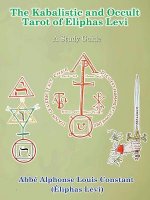
Kabalistic and Occult Tarot of Eliphas Levi
797 Kč -

Anarchy Evolution
357 Kč -
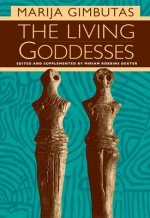
Living Goddesses
899 Kč -

Original Aramaic New Testament in Plain English with Psalms & Proverbs (8th Edition Without Notes)
844 Kč -
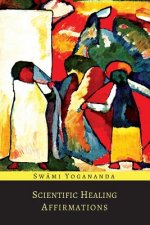
Scientific Healing Affirmations
181 Kč -

Conversations With God
323 Kč -

The Psychology of Selling
384 Kč -

As a Man Thinketh
179 Kč -

Holy Bible
635 Kč -

Encyclopedia of Demons in World Religions and Cultures
1470 Kč -

American Cosmic
514 Kč -
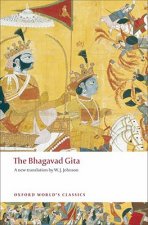
Bhagavad Gita
204 Kč -
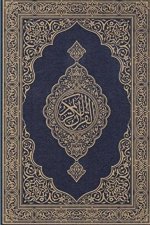
Koran
515 Kč -

Secular Age
626 Kč -

Mabon
292 Kč -

Religion for Atheists
357 Kč -
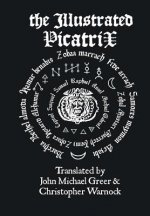
Illustrated Picatrix: the Complete Occult Classic of Astrological Magic
1497 Kč -

Cosmic Chemistry
410 Kč -

Princess Majestic Bible Tabs
166 Kč -
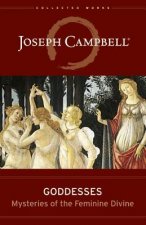
Goddesses
598 Kč -

You Are the Universe
399 Kč -

Good Morning, Holy Spirit
410 Kč -
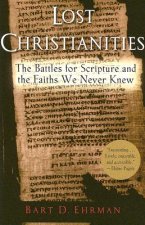
Lost Christianities
316 Kč -
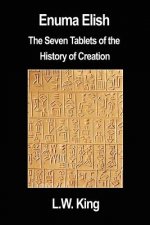
Enuma Elish
459 Kč -

Golden Bough
475 Kč -

Mary Magdalene and the Divine Feminine
400 Kč -

Book of Enoch
567 Kč -

Energy in Orthodox Theology and Physics
990 Kč -

History of God
357 Kč -

Religions Book
564 Kč -
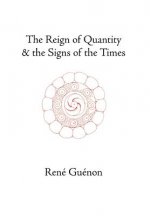
Reign of Quantity and the Signs of the Times
925 Kč -

Magic: History, Theory, Practice
575 Kč -
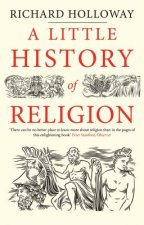
Little History of Religion
314 Kč -

Experience of God
447 Kč -
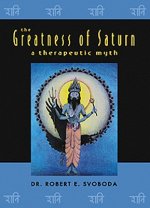
The Greatness of Saturn
322 Kč -

Dao De Jing
407 Kč -

Metaphysics of Evolution
327 Kč -
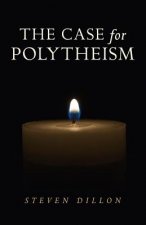
Case for Polytheism
291 Kč -
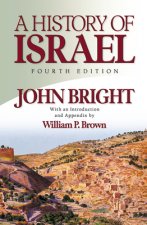
History of Israel, Fourth Edition
1266 Kč -

Rightly Dividing the Word (Religion)
884 Kč -
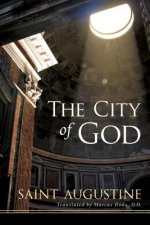
City of God
465 Kč -

Fallen Angels and the Origins of Evil
451 Kč -
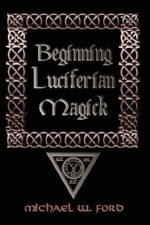
Beginning Luciferian Magick
505 Kč -
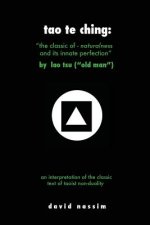
Tao Te Ching - by Lao Tsu
438 Kč
Osobní odběr Praha, Brno a 12903 dalších
Copyright ©2008-24 nejlevnejsi-knihy.cz Všechna práva vyhrazenaSoukromíCookies


 Vrácení do měsíce
Vrácení do měsíce 571 999 099 (8-15.30h)
571 999 099 (8-15.30h)